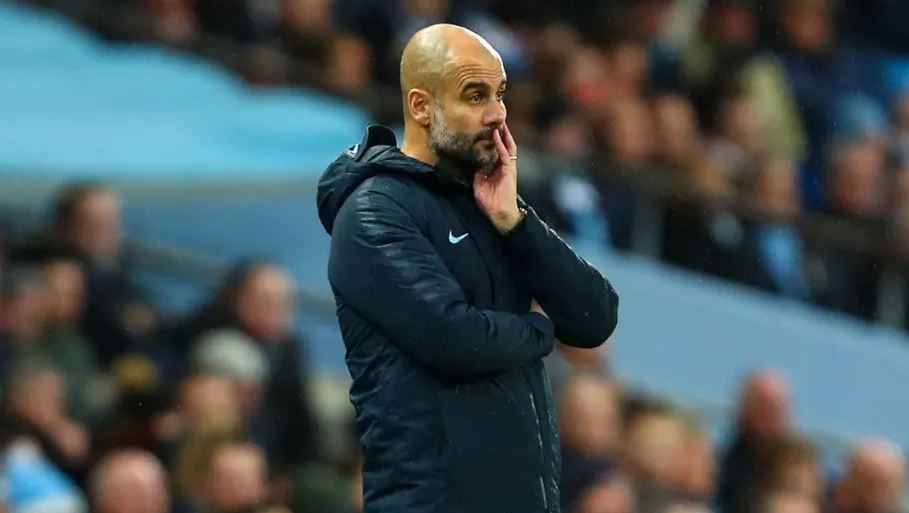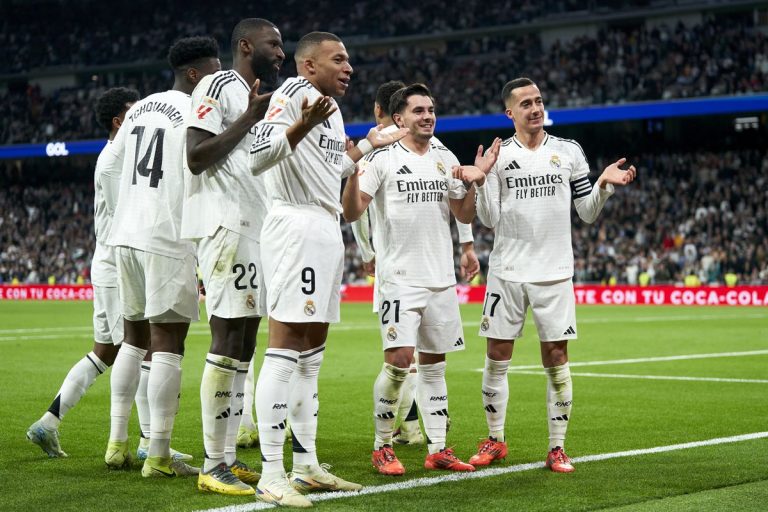We played with a system that is not normally used, ”said Raheem Sterling in an interview after the match between Manchester City vs Chelsea. Pep Guardiola used a different tactic but it didn’t work out. In the match that was held at the Etihad Stadium, the 1-2 defeat made The Citizens fans have to be patient waiting for the certainty of the Premier League title this season. Pep made changes in terms of formations and line-ups. He applied a 3-1-4-2 formation. Uniquely, only one pure midfielder played, namely Rodri. The two “midfielders” ahead of Rodri are Sterling and Ferran Torres. Gabriel Jesus and Sergio Aguero were installed as a tandem up front. Several major players such as Kevin De Bruyne, Ilkay Gundogan, and Riyad Mahrez rested.
Apart from giving the main players more rest time, these changes seem to be made to try a new system before they meet again in the Champions League final. Defeat in the FA Cup semi-final is certainly a lesson for Pep. The 4-2-3-1 formation he applied left several holes. Chelsea played with a 3-4-3 at that time, while City went down with a 4-2-3-1 formation. De Bruyne as an attacking midfielder was quite overwhelmed because he had to keep Chelsea’s double pivot. City fullbacks are often hooked high because they press Chelsea wingbacks. As a result there is a space between the fullback and the center-back which the three Chelsea attackers exploited.
In last night’s match, City’s four forwards formed diamonds when applying high pressing. The moment above is an example. Naturally, the four City players are actually outnumbered by three center-backs plus Chelsea’s double pivot of five, especially if the goalkeeper is counted. But City’s pressing mechanism put them ahead at this stage. The City attacker directs the ball at the edge of the Chelsea center-back.
One player presses the ball holder, one player closes the back pass option to the goalkeeper, the other two players keep the double pivot. In this situation, another Chelsea center-back was not involved so City did not lose numbers. In addition, the City wingback also rose to close the bait line to the Chelsea wingback. At the back, three City center-backs performed man-to-man markings on the three Chelsea attackers, namely Hakim Ziyech, Christian Pulisic and Timo Werner. The main purpose of this defensive shape is to make Rodri don’t need to go up too high. The Spanish midfielder can maintain space between the lines while cutting direct passes to the Chelsea attacker.
Several times this tactic was able to reduce Chelsea’s attacks. Attack through the flat ball is clearly difficult for the Blues. If releasing the bait directly into the front lines, Rodri is ready to make an intercept. These two moments are testament to the success of City’s defensive shape. When attacking, there are no players who are the usual source of creativity in the line-ups that Pep has brought down. This made City run in behind a lot. They tried Chelsea’s exploits when their defensive line was high with lots of baiting into the space behind the Chelsea defense.
When commenting on Ziyech’s goal, Pep said that neither player had run in behind so Rodri was confused and ended up losing the ball. This means that the 50-year-old coach appears to have instructed the front players to run in behind a lot and requires the midfielder to release the ball a lot into the space behind the defensive line. Sterling’s goal came from Ruben Dias’ bait to Jesus. In addition, Sterling twice got his chance after receiving a gastric pass. The first was able to be thwarted by Kurt Zouma with a clean tackle. Second, Zouma brought down Sterling but the referee did not give a penalty. A quite controversial and contentious decision.
Chelsea defended with a 5-2-3 shape because their two wingbacks fell parallel to the last line. A double pivot and three forwards meeting in the middle, the goal is to prevent City from progressing through the middle and closing the space between the lines. But City are not too bothered because Pep has other plans, as discussed earlier. Chelsea’s first half was quite difficult in the attacking phase. City’s pressing mechanism was quite difficult for them. Only six shots were scored in the first half, five of which came from outside the area.
Chelsea began to rise in the second half. Pressing City which began to slack off made it easier for Chelsea to take control of the match. Quoted from Whoscored, Chelsea recorded possession of the ball by 58% in the second half. In comparison, Chelsea only got 44% possession of the ball in the first half.
Their formation naturally only provides two players in midfield, meaning the progression of attack will be dominant from the wings. This was greatly exploited by Chelsea, especially in the second half. Whether it’s a central defender releasing a long ball or a combination on the side of the wing. Werner as usual did a lot of run-in behinds to receive gastric passes from behind. Several times he managed to receive the ball through this scheme. Unfortunately, there wasn’t much follow-up action as the German striker was not very good at dealing with 1v1 situations. Werner recorded four dribbling attempts, but none of them were successful.
Wingback was the key to Chelsea’s revival in the second half. The decrease in City’s pressing intensity was greatly utilized by Chelsea for progression through the wingback. Many times Reece James got past Benjamin Mendy with ease. Marcos Alonso even scored the winning goal in added time. Chelsea’s combination game on the wing also deserves thumbs up, especially on the right. Pulisic’s often falling movements made Nathan Ake hooked out of position. The space is used by James or Kante through quick combination play. Two other City center-backs could not get close because they were locked by two Chelsea attackers.
James fired several dangerous crosses. One of them was a goal by Callum Hudson-Odoi but it was disallowed. On the opposite side, Alonso is often an additional option when Chelsea crosses from the right. The goal he scored was proof of the success of this scheme, even though he was labeled lucky to score the goal because the execution was imperfect.
Apart from slacking pressing in the second half, City often made unnecessary mistakes. Sterling gave the ball for free to Alonso for a backpass without looking at the position of colleagues. This error ended with a dangerous shot from Pulisic. Rodri held the ball for too long so City took a transition and conceded through Ziyech’s accurate shot. Not to forget, Aguero’s harvest penalty was easily captured by Edouard Mendy so that City failed to lead two goals at the end of the first half.
Pep’s tactical experiment failed to produce results even though it was actually promising. Pep had to figure out how to reduce Chelsea’s attack from the wing for the full 90 minutes. If not, City will have trouble in the upcoming Champions League final. This match cannot really reflect the Champions League final later. The two managers have both rested a number of major players. Pep will also of course rack his brains why his team could lose two matches against Chelsea despite using a different tactical approach.
ASL
















